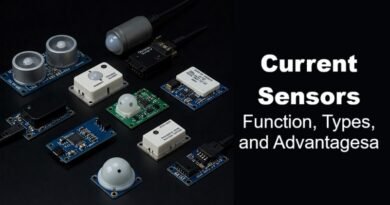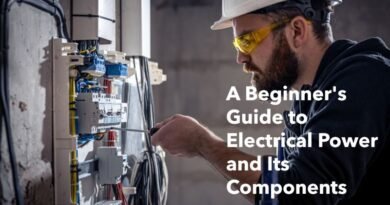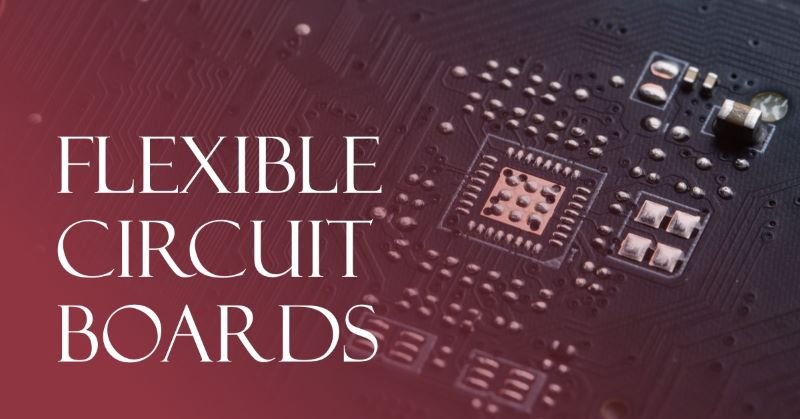Different Types of Solar Panels & How to Select Best One?
Introduction
Solar energy is one of the most sustainable and eco-friendly sources of power available today. It harnesses the energy from the sun and converts it into electricity, which can be used for residential, commercial, and industrial purposes. With growing concerns over climate change and the depletion of fossil fuels, solar energy has seen a significant rise in adoption worldwide. The continuous advancements in technology have made solar power more accessible and affordable, leading to its increasing popularity among both individuals and businesses.
Importance of Choosing the Right Type of Solar Panel
When it comes to solar power, not all panels are created equal. The efficiency, cost, and suitability of solar panels can vary widely depending on their type. Choosing the right solar panel is crucial to maximizing the benefits of your solar power system. The correct panel type can ensure optimal performance, align with your budget, and meet the specific energy needs of your installation. Whether you’re a homeowner looking to reduce energy bills or a business aiming to achieve sustainability goals, selecting the right solar panel is a key step toward achieving those objectives.
This article aims to guide you through the different types of solar panels available in the market. By understanding the characteristics, advantages, and limitations of each type, you’ll be better equipped to make an informed decision. Whether you’re planning to install solar panels for the first time or considering an upgrade, this guide will help you choose the best option for your specific needs.
Types of Solar Panels
Monocrystalline Solar Panels
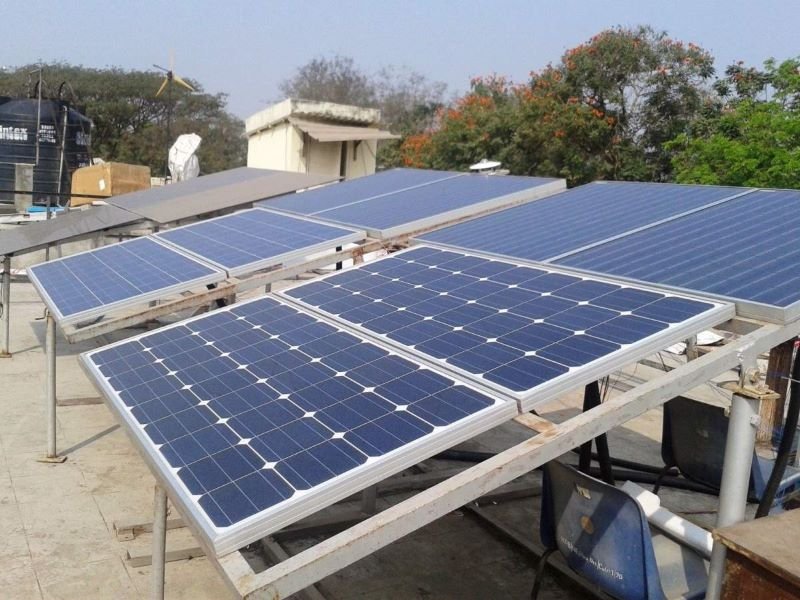
Description:
Monocrystalline solar panels are made from a single, continuous crystal structure, typically of high-purity silicon. They are recognizable by their uniform dark color and rounded edges. These panels are known for their high efficiency, often reaching 15-20% or more, making them one of the most efficient types of solar panels available.
Pros and Cons:
- Pros: High efficiency, long lifespan, and space-efficient, requiring less roof space to produce the same amount of energy as other types.
- Cons: More expensive than other types due to the high-quality materials and complex manufacturing process.
Best Suited For:
Monocrystalline solar panels are ideal for residential and commercial installations where space is limited, and maximum efficiency is required. Their high efficiency makes them well-suited for urban environments and areas with limited roof space.
Polycrystalline Solar Panels

Description:
Polycrystalline solar panels are made from silicon fragments melted together to form wafers. They have a blue hue and are generally less uniform in appearance compared to monocrystalline panels. While their efficiency is slightly lower, typically around 13-16%, they are still a reliable and widely used option.
Pros and Cons:
- Pros: Lower cost than monocrystalline panels, less silicon waste during manufacturing, and relatively easy to produce.
- Cons: Lower efficiency, meaning they require more space to produce the same amount of energy, and may perform less effectively in high-temperature conditions.
Best Suited For:
Polycrystalline panels are best for larger installations where space is not a constraint, such as in rural areas or for industrial applications. They are a cost-effective option for those looking to install solar power on a budget.
Thin-Film Solar Panels

Description:
Thin-film solar panels are created by depositing one or more layers of photovoltaic material onto a substrate, such as glass, plastic, or metal. They are flexible, lightweight, and can be made in various shapes and sizes. However, their efficiency is generally lower, ranging from 10-12%, and they tend to have a shorter lifespan.
Pros and Cons:
- Pros: Flexible and lightweight, easy to install on various surfaces, and can be integrated into building materials like windows or roofs.
- Cons: Lower efficiency and shorter lifespan compared to crystalline panels, requiring more space for the same energy output.
Best Suited For:
Thin-film panels are ideal for portable applications, large-scale installations where weight and flexibility are crucial, and projects with unique design requirements. They are also suitable for building-integrated photovoltaics (BIPV).
Bifacial Solar Panels
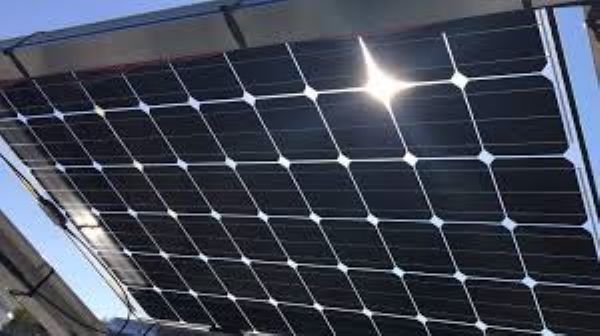
Description:
Bifacial solar panels are designed to capture sunlight on both sides, with the front side facing the sun and the rear side capturing reflected light from the ground or surrounding surfaces. This design allows them to generate more energy compared to traditional single-sided panels. They are typically made from monocrystalline silicon and have a transparent backsheet or glass on both sides.
Pros and Cons:
- Pros: Higher efficiency due to energy generation from both sides, potentially generating up to 30% more energy, and durable with a long lifespan.
- Cons: More expensive and require specific installation conditions to maximize their benefits, such as reflective surfaces underneath.
Best Suited For:
Bifacial panels are best for installations with reflective surfaces, such as white roofs, snow-covered areas, or ground-mounted systems with light-colored surfaces. They are also ideal for high-yield energy projects where maximizing output is essential.
Factors to Consider When Selecting Solar Panels
Efficiency
Explanation:
Efficiency in solar panels refers to the percentage of sunlight that can be converted into usable electricity. Higher efficiency means more energy can be produced from a given amount of sunlight, making it a crucial factor in determining the overall performance of a solar panel.
How to Evaluate:
Evaluate efficiency based on your energy needs, available space, and budget. High-efficiency panels like monocrystalline are best for areas with limited space, while lower efficiency panels like polycrystalline or thin-film may be more suitable for larger installations where space is abundant.
Cost
Initial Investment vs. Long-Term Savings:
While the initial investment in solar panels can be significant, it’s important to consider long-term savings. Higher efficiency panels may have a higher upfront cost but can lead to greater savings over time due to their increased energy production.
Comparison of Costs:
Monocrystalline panels are typically the most expensive, followed by bifacial and polycrystalline panels. Thin-film panels are generally the most affordable but may require more space and additional panels to achieve the same output.
Space Availability
Impact on Panel Selection:
Space availability is a key factor in determining the type of solar panel to use. Monocrystalline panels, being more efficient, require less space, making them ideal for smaller rooftops or urban settings. In contrast, polycrystalline and thin-film panels may be more appropriate for larger areas where space is not a concern.
Recommendations:
If space is limited, opt for high-efficiency panels like monocrystalline. For larger spaces, consider more cost-effective options like polycrystalline or thin-film panels.
Durability and Lifespan
Expected Lifespan:
The expected lifespan of solar panels varies by type, with monocrystalline and bifacial panels typically offering the longest lifespans, often exceeding 25 years. Polycrystalline panels have a similar lifespan, while thin-film panels generally have a shorter lifespan.
Importance of Warranty and Quality:
Investing in high-quality panels with a strong warranty can ensure long-term performance and reliability. Look for manufacturers that offer warranties of 20-25 years, as this indicates confidence in the product’s durability.
Aesthetic Considerations
Impact on Choice:
The appearance of solar panels can be an important consideration, especially for residential installations. Monocrystalline panels offer a sleek, uniform appearance, while polycrystalline panels have a more speckled look. Thin-film panels can be more visually appealing due to their flexibility and integration options.
Recommendations:
Consider the aesthetic impact of the panels on your property, especially if curb appeal is important. Monocrystalline panels are generally preferred for their streamlined appearance, but thin-film panels offer more design flexibility.
Installation and Maintenance
Ease of Installation:
The ease of installation can vary depending on the type of panel and the installation site. Monocrystalline and polycrystalline panels are generally straightforward to install, while thin-film panels may require specialized installation techniques due to their flexibility.
Maintenance Considerations:
All solar panels require some level of maintenance, but the frequency and type of maintenance can vary. Monocrystalline and polycrystalline panels typically require minimal maintenance, while thin-film panels may need more frequent checks due to their lower durability.
Recommendations:
Choose a panel type that aligns with your maintenance capacity and installation requirements. If you prefer low-maintenance options, monocrystalline or polycrystalline panels are ideal. For more complex installations, thin-film panels may be suitable but may require more ongoing care.
Applications of Different Solar Panels
Overview of Ideal Applications for Each Type
- Monocrystalline Solar Panels:
- Ideal Applications: Residential rooftops, commercial buildings, and areas with limited space where high efficiency is critical. These panels are perfect for urban settings where maximizing energy output in a smaller footprint is essential.
- Real-World Example: In densely populated cities like New York or Tokyo, monocrystalline panels are commonly used on high-rise buildings and homes with limited roof space. Their efficiency allows for significant energy generation even in smaller installations.
- Polycrystalline Solar Panels:
- Ideal Applications: Large-scale solar farms, industrial sites, and rural areas where space is not a constraint. These panels are a cost-effective solution for projects that need to balance budget with energy production.
- Real-World Example: Many solar farms in the United States and India utilize polycrystalline panels due to their lower cost and the availability of large tracts of land, where space efficiency is less of a concern.
- Thin-Film Solar Panels:
- Ideal Applications: Portable solar devices, building-integrated photovoltaics (BIPV), and projects requiring lightweight or flexible panels. These panels are also used in large-scale installations where their lower efficiency is offset by the available space.
- Real-World Example: The Solar Ship project in Canada uses thin-film panels on its hybrid airships, capitalizing on the flexibility and lightweight nature of these panels. They are also commonly integrated into the roofs and facades of modern buildings for aesthetic and functional purposes.
- Bifacial Solar Panels:
- Ideal Applications: Ground-mounted systems in reflective environments (e.g., snowy regions, white rooftops), solar carports, and high-efficiency commercial projects. These panels are best where there’s potential to capture additional energy from reflected light.
- Real-World Example: In northern Europe, where snow-covered ground provides excellent reflectivity, bifacial panels are used to maximize energy output during the winter months. They are also being adopted in solar carports and large commercial installations in regions like California.
How to Choose the Best Solar Panel for Your Needs
Step-by-Step Guide to Evaluating Your Specific Needs
- Assess Your Energy Requirements:
- Calculate your daily and annual energy consumption.
- Determine the energy production required to offset your electricity usage or achieve specific sustainability goals.
- Evaluate Available Space:
- Measure the available roof or land area for solar panel installation.
- Consider any shading issues, roof orientation, and tilt angle that could affect energy production.
- Set Your Budget:
- Determine your budget for the initial investment and consider potential financing options.
- Factor in the long-term savings from reduced energy bills and potential government incentives.
- Consider Aesthetics:
- Decide how important the appearance of the panels is to you, especially if installing on a residential property.
- Choose a panel type that aligns with your aesthetic preferences.
- Check Local Regulations and Incentives:
- Review local building codes, zoning laws, and homeowner association rules.
- Investigate any available tax credits, rebates, or incentives for solar installations in your area.
Decision-Making Framework: Balancing Efficiency, Cost, and Other Factors
- Efficiency vs. Cost:
- If space is limited, prioritize efficiency (e.g., monocrystalline panels), even if the cost is higher. For larger spaces, balance lower efficiency with cost savings (e.g., polycrystalline or thin-film panels).
- Short-Term vs. Long-Term Savings:
- Consider the initial cost against the long-term savings on energy bills. Higher upfront costs may lead to greater savings over the lifespan of the system.
- Durability and Maintenance:
- Choose panels that offer the best balance of durability and low maintenance, especially if you prefer minimal upkeep.
Tips for Consulting with Solar Professionals
- Get Multiple Quotes:
- Consult with several solar installers to compare pricing, services, and equipment options.
- Ask About Warranties:
- Ensure the panels and installation come with strong warranties, ideally covering 20-25 years.
- Request a Site Assessment:
- Have a professional assess your property to provide accurate estimates of energy production, costs, and system design.
- Review Financing Options:
- Discuss various financing options, including solar loans, leases, and power purchase agreements (PPAs), to find the best fit for your financial situation.
Future Trends in Solar Panel Technology
Brief Discussion of Emerging Technologies
- Perovskite Solar Cells:
- Perovskite solar cells are an emerging technology that promises higher efficiency at a lower cost. They can be used in tandem with traditional silicon cells or as a standalone technology. These cells are still in the research and development stage but show great potential for future applications.
- Building-Integrated Photovoltaics (BIPV):
- BIPV technology integrates solar cells into building materials like windows, facades, and roofing tiles. This approach offers both energy generation and aesthetic appeal, making it ideal for modern architecture.
- Transparent Solar Panels:
- Transparent solar panels are being developed for use in windows and other surfaces, allowing light to pass through while generating electricity. These panels could revolutionize urban solar installations by turning skyscrapers into vertical solar farms.
- Solar Storage Integration:
- The integration of solar panels with advanced battery storage systems is becoming increasingly popular, allowing for the storage of excess energy for use during non-sunny periods. This trend is essential for enhancing the reliability and flexibility of solar power systems.
How Advancements Might Affect Future Choices
- As new technologies like perovskite cells and BIPV become commercially viable, they could offer more efficient, cost-effective, and aesthetically pleasing options for solar installations.
- Advances in solar storage could reduce reliance on grid electricity, making solar power a more practical solution in a wider range of locations and conditions.
- The future may see a greater emphasis on customization, with solar panels tailored to specific building designs, energy needs, and environmental conditions.
Conclusion
Recap of Key Points
- There are several types of solar panels available, each with unique characteristics, pros, and cons. Monocrystalline panels offer high efficiency in limited spaces, polycrystalline panels are cost-effective for larger installations, thin-film panels provide flexibility and lightweight options, and bifacial panels maximize energy output with reflective surfaces.
- Selecting the right solar panel involves evaluating efficiency, cost, space availability, durability, aesthetics, and maintenance needs.
Final Advice on Choosing the Right Solar Panel
- Consider your specific energy needs, available space, and budget when choosing a solar panel type. Balance efficiency and cost to find the most suitable option for your installation.
- Remember to factor in long-term savings and potential incentives, as well as the aesthetic impact of the panels on your property.
Encouragement to Consult with Professionals or Use Available Tools for Decision-Making
- Consulting with solar professionals can provide valuable insights and help ensure that your solar panel system is tailored to your specific needs.
- Use online tools and calculators to estimate energy production, costs, and potential savings, but rely on professional assessments for the most accurate recommendations.

